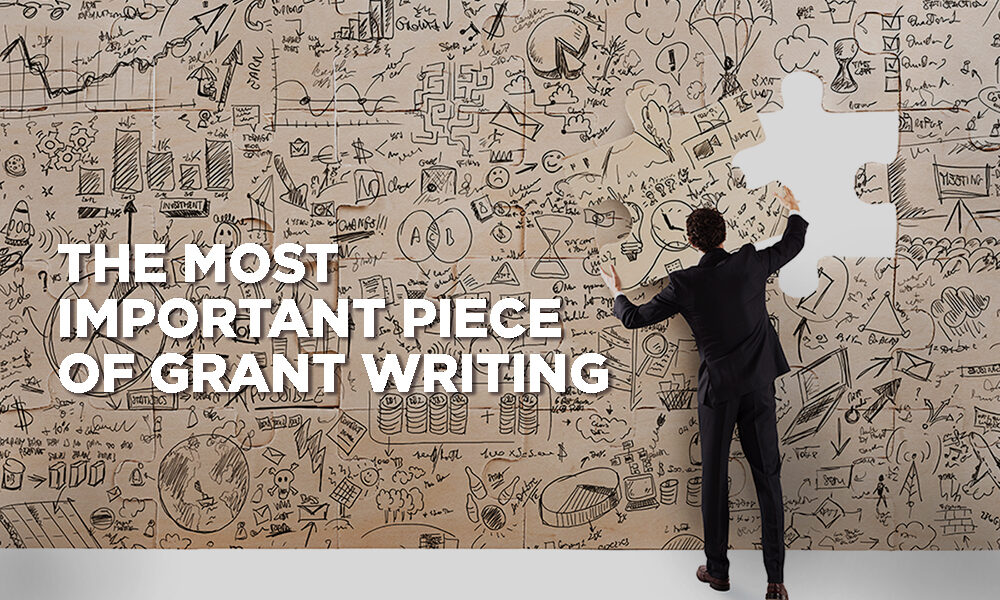There are several elements to writing an effective grant application. An impactful proposal should have clear, concise writing. However, out of all the different aspects of a grant application, one that stands out in importance is a needs statement.
What is a needs statement?
The needs statement is the part of the grant application that lays out the rationale for the entire project that requires funding. Specifically, the needs statement identifies the gap or problem within a specific community that will be addressed through this particular grant funding. This is why it is relevant to the success of the proposal. The statement acts as the foundation for the entire application, therefore it is essential to get it done right. A needs statement should focus on the direct steps that the organization will take in addressing the needs of a specific audience through the proposed project.
An example of such a problem could be: There is a dramatically decreasing literacy rate in a specific school district. In order to help, the organization will then provide tutoring through an after-school program to students at a school in a low-income community where there are no current programs that exist.
Elements to writing an effective needs statement
So what does it mean to write a need-based statement that will help frame your project correctly?
Well, here are some tips to get this done right:
1. Focus on one strong main issue.
Even if there are a lot of different problems your nonprofit wants to tackle, it is important to choose one issue as your focus. Be as specific as possible. Focus on the central concern. Going back to our previous example: Providing tutoring to these low-income students. This can mean writing about the impact that tutoring can have to improve literacy rates. Talk about the lack of opportunities in this area. Be direct. And don’t focus on the side issues vs. the main ones.
2. Consider the funding source offering the grant.
This can be very important. Do research. Look into the values of the organization or agency that is funding this grant and ensure your proposal is within those same values. This can have a significant impact on the success of your overall application.
3. Use data and relevant statistics and figures.
Remember that your application has to be both compelling and logical. You need the data and evidentiary support to back up all the claims made in your needs statement. Numbers, statistics, and community-wide data can paint a clear picture. Additionally, it highlights why your project can act as a solution to the problem or gap this target audience is facing.
- Specifically literacy rates in this community,
- In this specific location
- In this school district
- Has that number gone up or down over a certain span of time
- What impact have similar programs had on similar communities in other locations
- Ensure all this data is as recent as possible
- Be as focused and local as a problem: i.e municipal vs state data would be preferred
4. Have a “human” element for your application.
Remember that real people will be reading this application. That can mean including real-life stories from this community. Include qualitative data from surveys. Include testimony from ongoing conversations with the people this grant will go towards helping. However, remember to use a mix of both qualitative and quantitative data. You won’t be awarded a grant just because the story is compelling, evidence and data are incredibly important to back up your claims.
5. Highlight the obstacles.
The final thing you want to address is any current obstacles this target audience or community faces in addressing the current problem. Specifically, what this can mean is talking about a gap that exists: in funding, in literacy rates, in educational opportunities. Also, what can help here is describing what this community could look like if this project receives funding and is implemented. Remember, the more specific you can be, the better. Discuss some of the potential problems that have made this problem persist in the past
Not to mention that you’ll strengthen your application by creating a sense of urgency here. What will happen if your program or project is not funded and implemented? Could these problems get worse? Could there be long-term impacts? Be concise and make sure you can back up all of these claims.
Final Notes
Looking for a grant writer to help with your grant application? Go over to GrantWriterTeam to put in a bid for your proposal today!
Looking for grants to apply to? Check out the full list of grants over at GrantWatch.com. There are thousands of current and ongoing listed grants.

Recent Comments